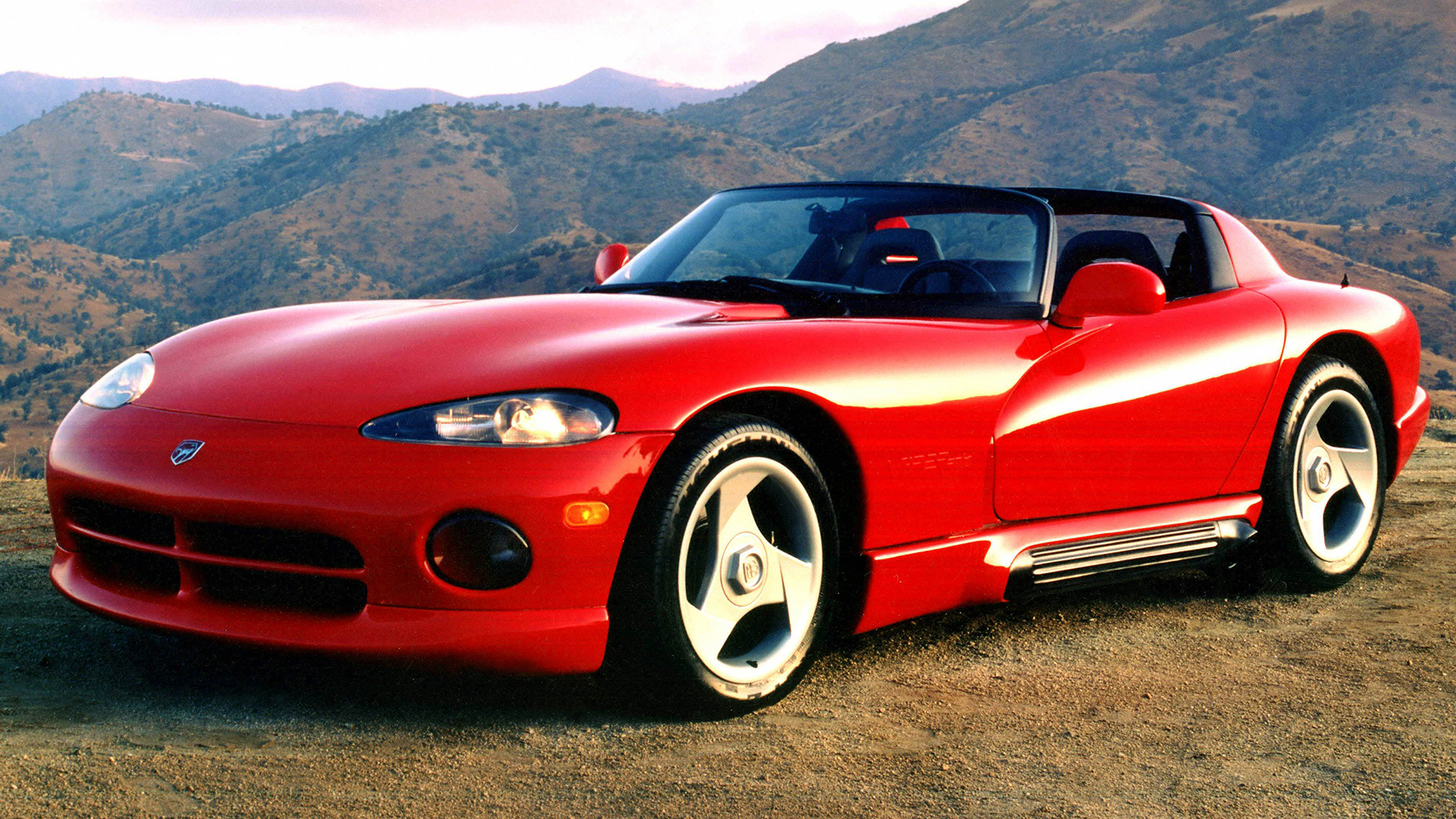

When Chrysler decided to stretch its legs and the Dodge Viper R/T 10 concept at the 1989 Detroit Motor Show, company president and vice chairman Bob Lutz wasn’t aware yet that it would eventually put it into production in late-1991. After wowing the crowds and getting the green light for the real deal, the 85-member-strong “Team Viper” was formed to master simultaneous engineering very quickly, led by chief engineer Roy Sjoberg.
As MotorWeek put it, Chrysler’s intention with its Lamborghini-tweaked, truck V10-powered two-seater was to make cars “faster, cheaper, but better.”



While Team Viper’s 1989 VM1 mule used a V8, VM2 featured the cast-iron block V10 before the prototypes could switch to the alloy version intended for production. Starting with VM4, Chrysler built 93 pre-production Vipers, none of which were ever intended to be street legal. With no emissions equipment and speed limiters onboard, starting from 2014, the Chrysler Group (now part of Stellantis) began to recall and destroy these early Vipers that were previously donated to schools.
With the production car introduced at the 1991 Indianapolis 500 by Carroll Shelby himself, MotorWeek got a rare peek into Team Viper’s daily life, as well as a few minutes behind the wheel of an SR1 at hand. They left with the conclusion that the first-generation Viper’s handling is “near neutral.”
Sit back and enjoy the retro review.

Got a tip? Send us a note: tips@thedrive.com